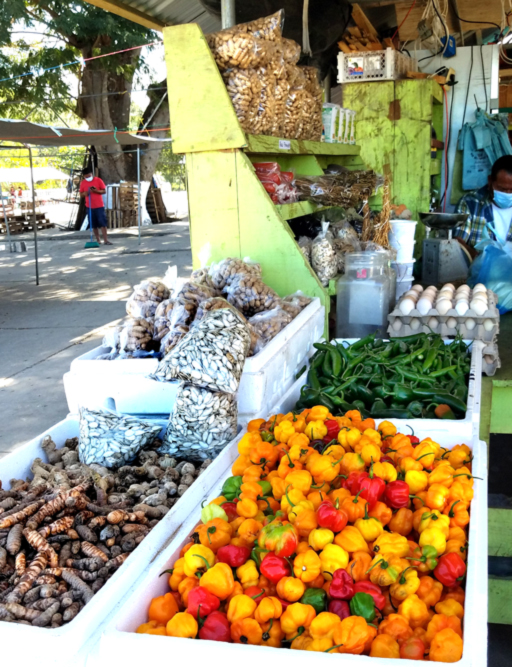
It’s always an adventure to go to the Saturday Market in San Ignacio or the fruit stands on the streets, to see what fruits have rotated into season. This post will help you know when you can find certain things (for instance, don’t plan on making an avocado chip dip for Christmas Dinner), and a visual guide to figure out what you are seeing when something unfamiliar appears, because the produce usually isn’t labeled in the markets.
Even if you ask a vendor the name of an unfamiliar fruit, you might get the local name – and you might not know a “guanabana” is the same as soursop – which makes a marvelous cold drink on a hot day, and delicious ice cream if you have an ice cream maker.
So here are the fruits (and a few “veggies”), and the approximate times (gleaned off the internet) that you might expect to find them in the market. The dates may be off – no guarantees – but they’ll give a general idea. Please add a comment if you have better information.
Use list to check what’s in season, and the images below the list as an ID to find out what an odd-looking fruit might be.
- Avocado – May through October
- Banana – Year ‘round
- Bread fruit – June through August
- Caimito or Star Apple – April and May
- Cacao – Year ‘round
- Cashew – April through June
- Coconut – Year ‘round
- Coffee – spring and summer
- Custard apple – March and April
- Dragon Fruit – April and May
- Flor de Jamaica (Sorrell) – January – March
- Grapefruit – October through April
- Granadilla – variable
- Guava – February and March
- Jackfruit – variable
- Macal or Koko – year round
- Mamey – April through June
- Mango – May through August
- Pacaya – February – March
- Papaya – Year ‘round
- Pineapple – May and June
- Platano or Plantain – Year ‘round
- Rambutan – July through September
- Sincuya – same as Soursop, to which it is related
- Sapodilla – February and March
- Soursop – December through February, August and September
- Star fruit – February and June
- Tamarind – March and April
- Citrus: lime, tangelo, mandarin orange – November through April
- Valencia Orange – January through June
- Wax apple – June and July
- Lychee – May through July
- Ayote – May through ? (the tender unripe ayote is eaten whole, while mature ayote is hard like acorn squash)
- Nopal – Year ’round
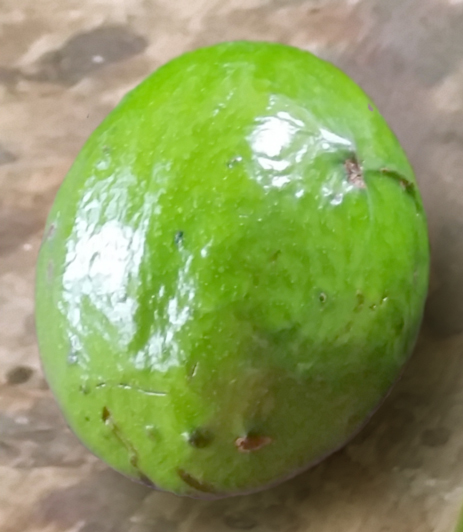
Avocado 
Apple Bananas
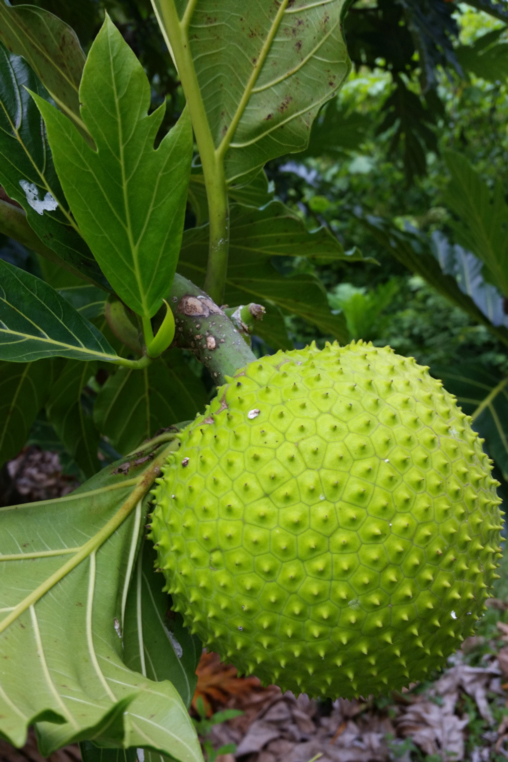
Breadfruit 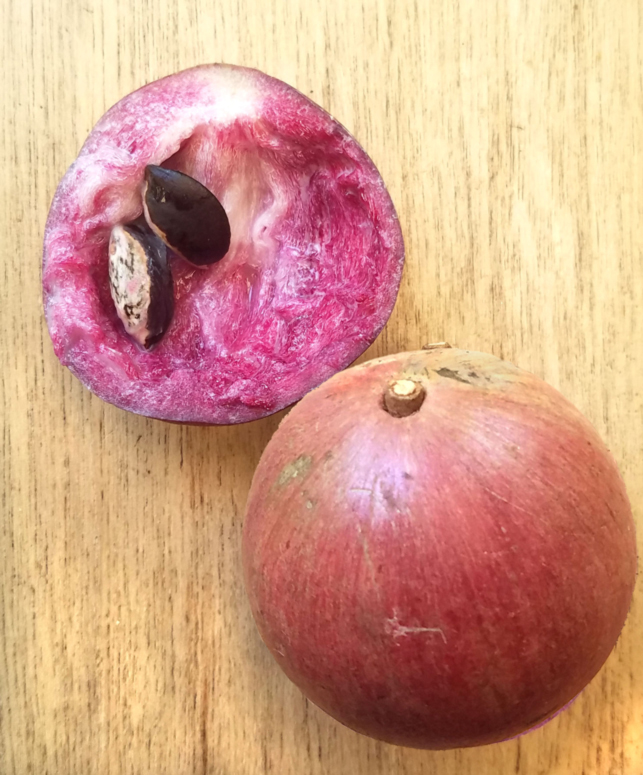
Caimito, Star Apple
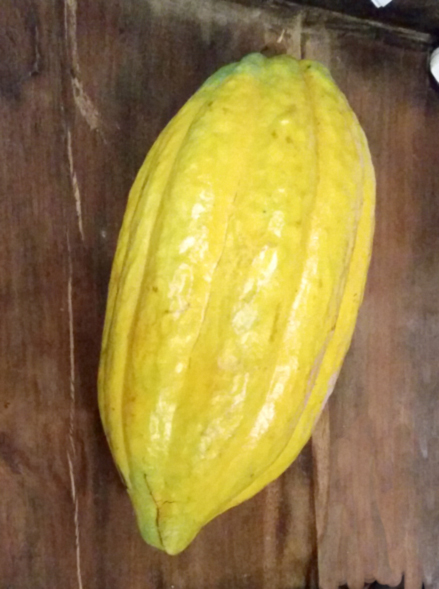
Cacao 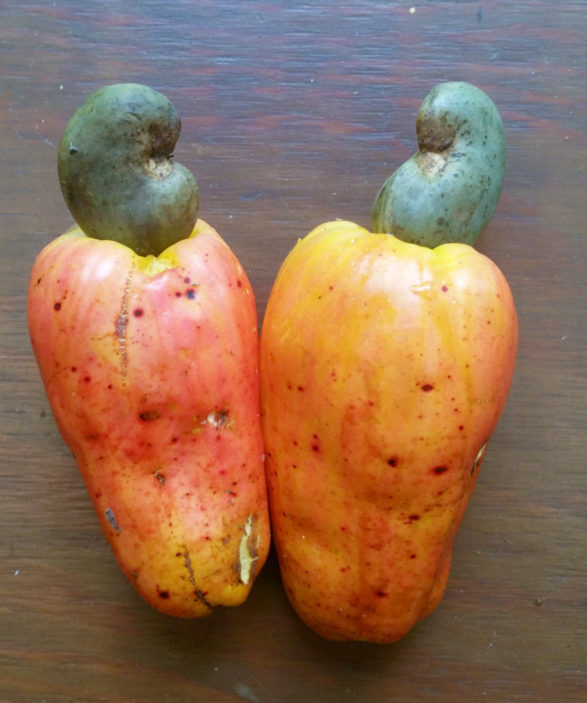
Cashew
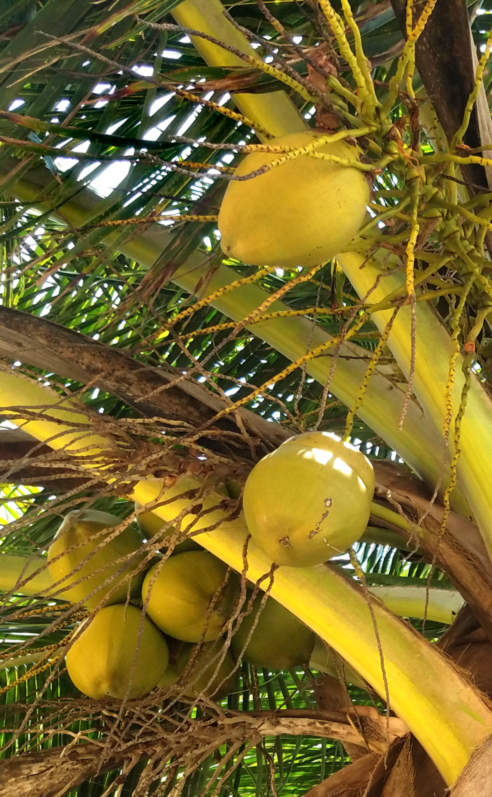
Coconut 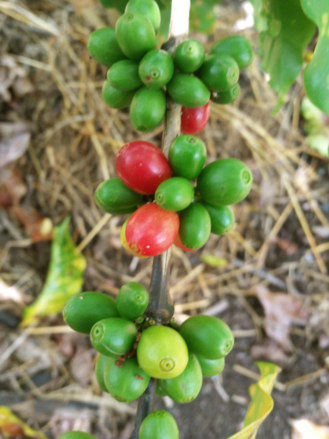
Coffee
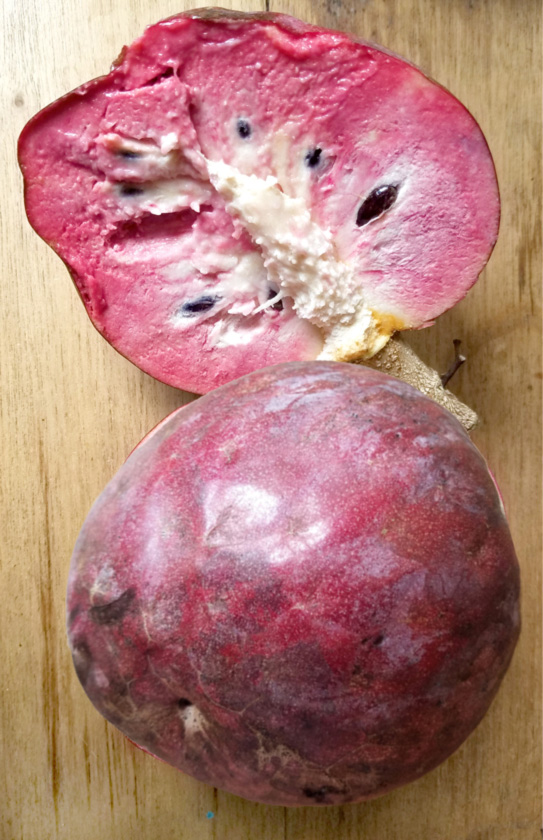
Custard Apple 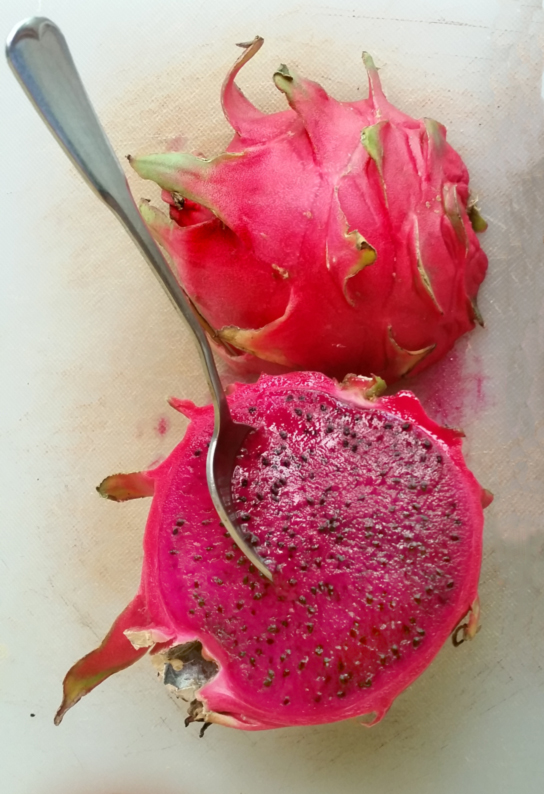
Dragonfruit
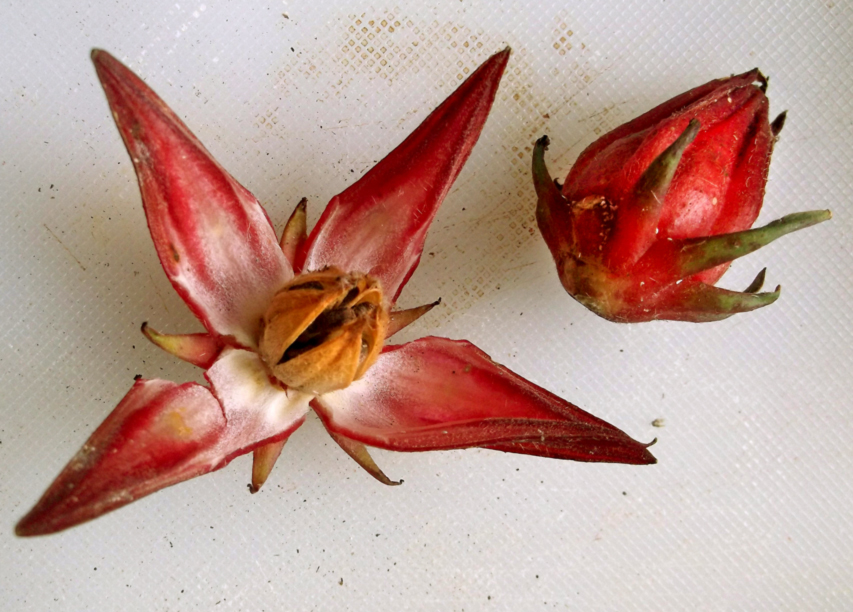
Sorrel, Flor de Jaimaca 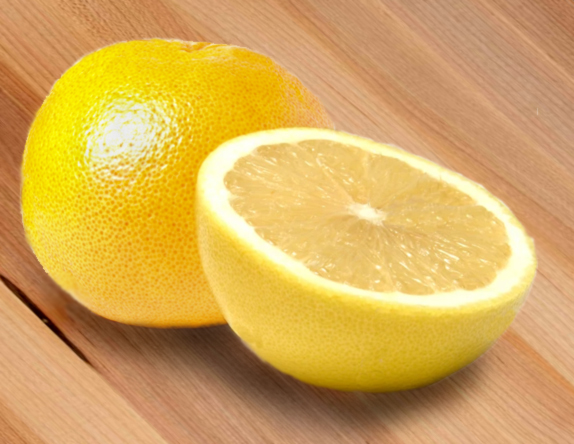
Grapefruit

Granadilla 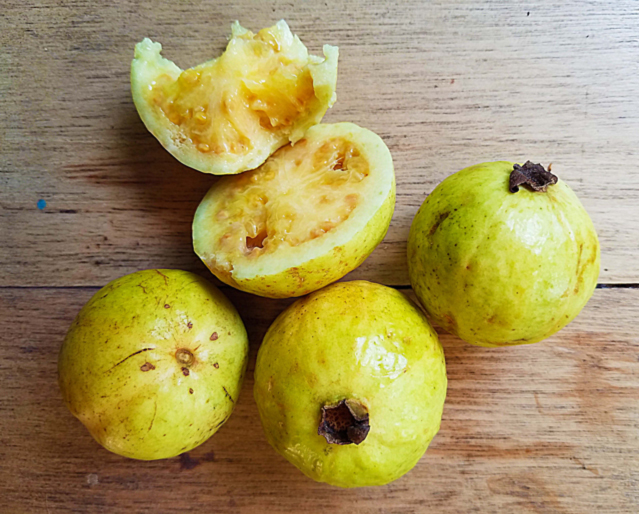
Guava

Jackfruit 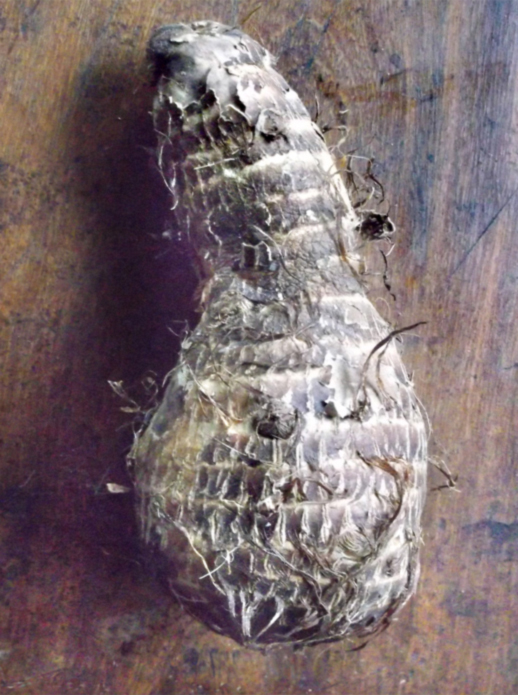
Macal, Koko
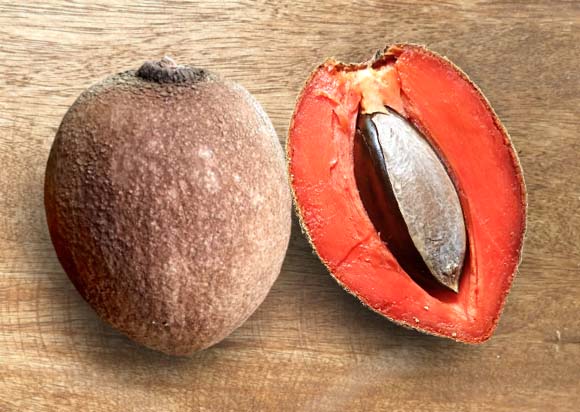
Mamey 
Mango
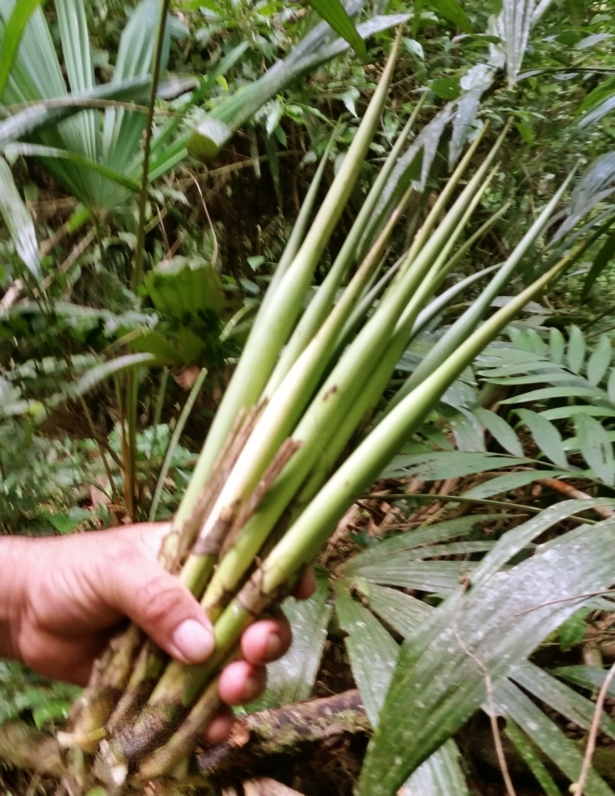
Pacaya 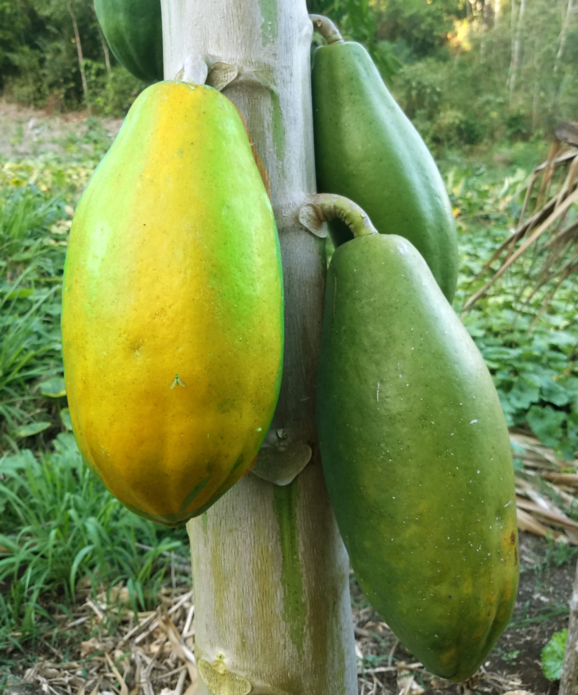
Papaya

Pineapple 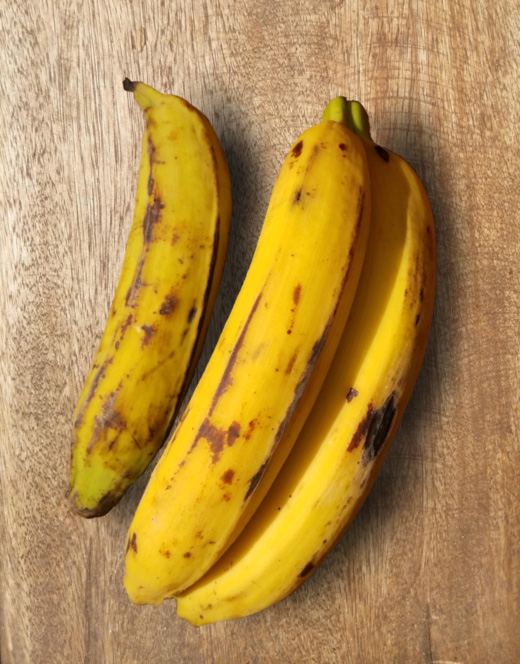
Platano, Plantain
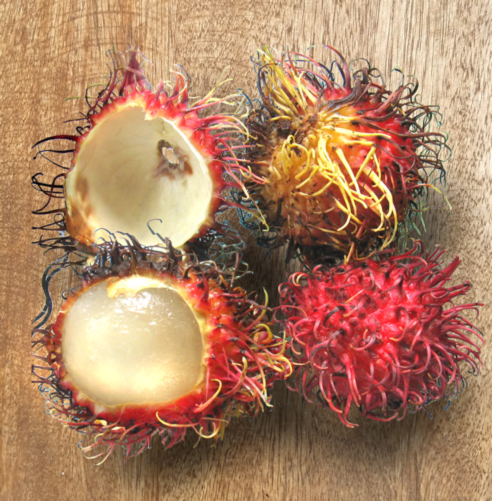
Rambutan 
Sincuya
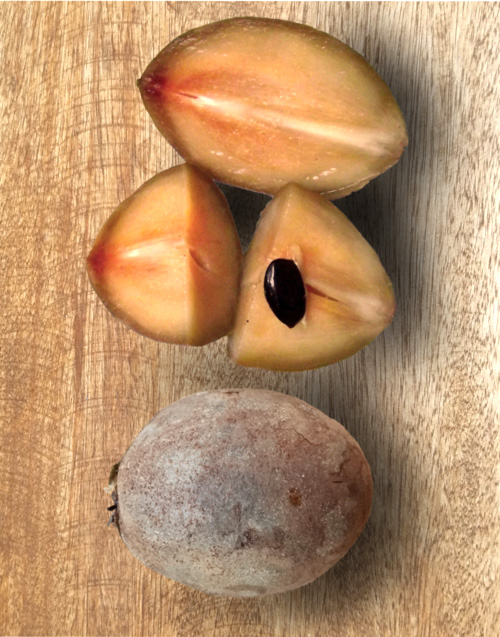
Sapodilla 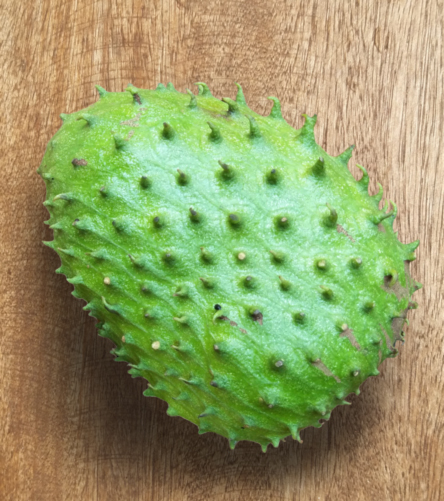
Soursop
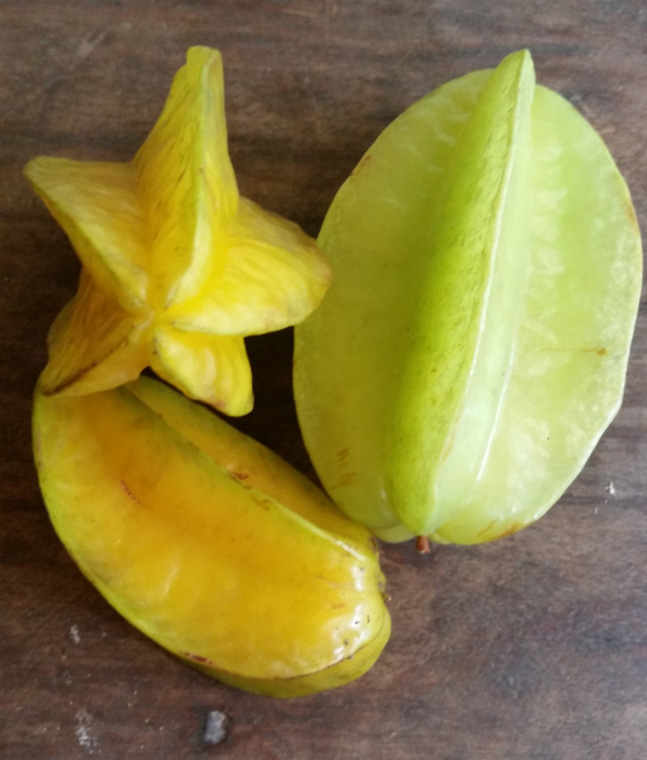
Starfruit 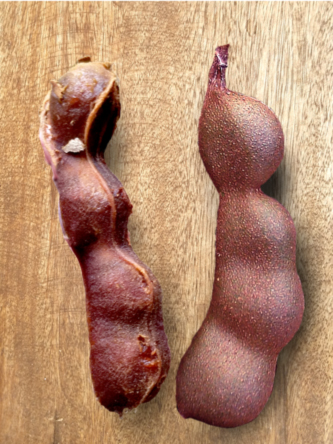
Tamarind
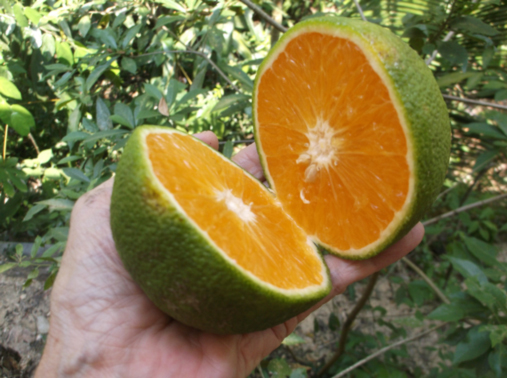
Mandarin Orange 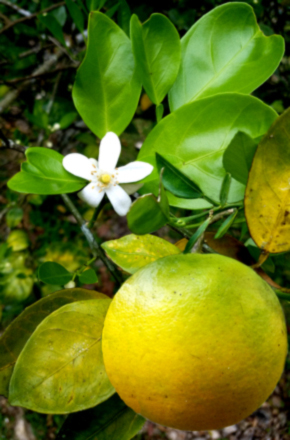
Valencia Orange
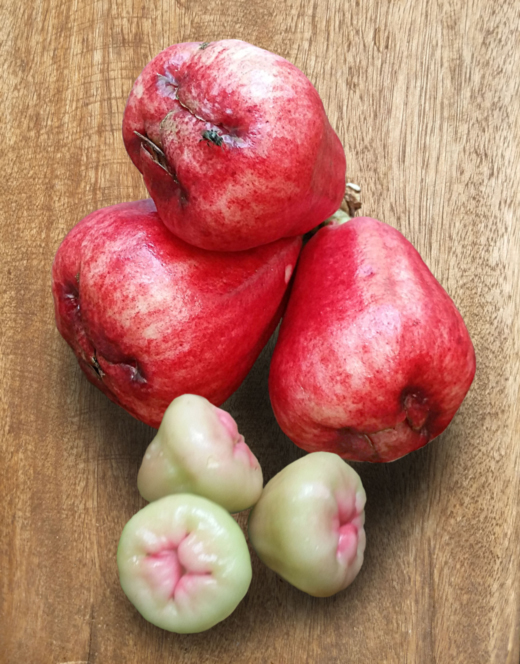
Wax Apple 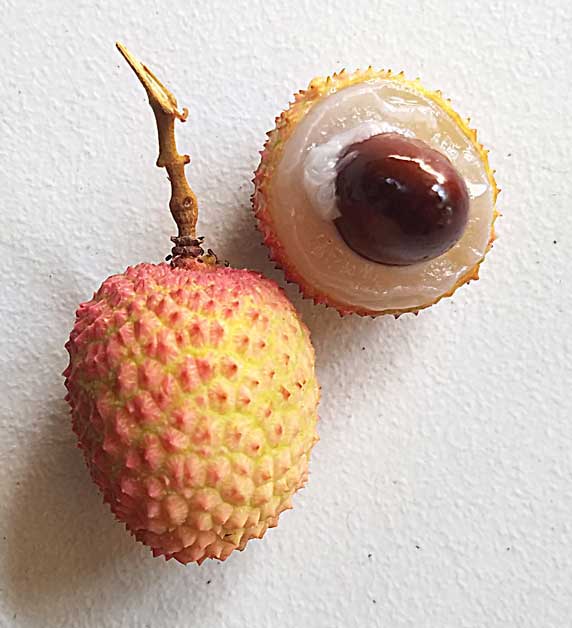
Lychee
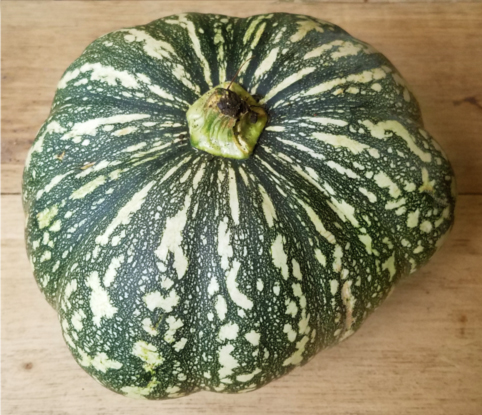
Pumpkin, Ayote 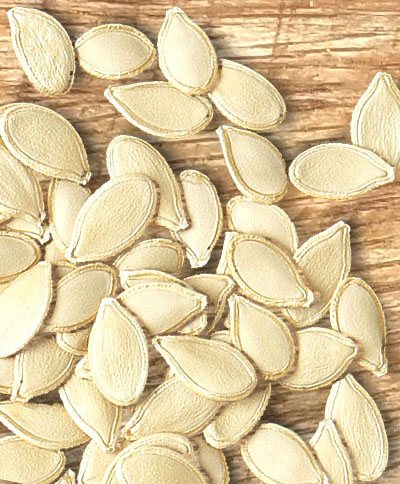
Pepitas, seeds of the Ajote
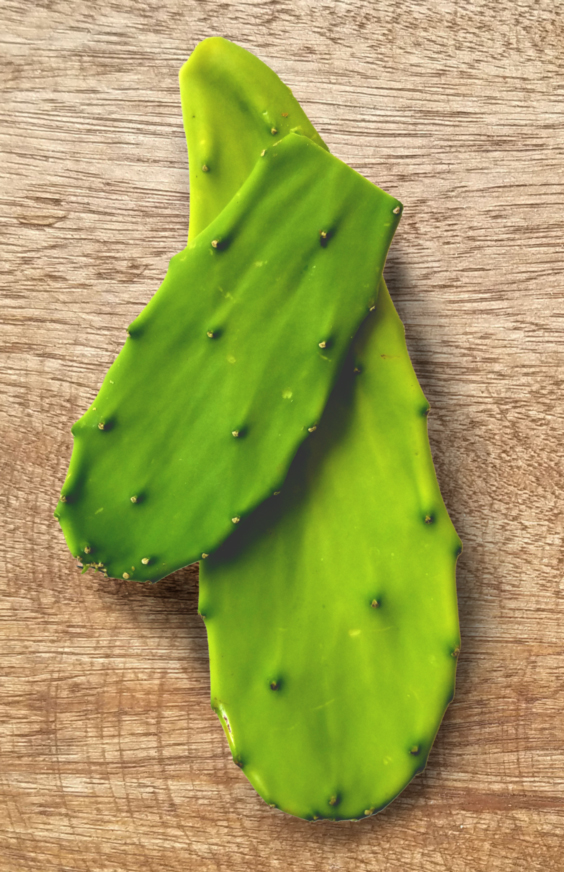
Be bold! Buy one or two mystery fruits/veggies and give them a try. You might be very pleasantly surprised.
By the way, you may have already met some of these fruits in your home country supermarket, but the fresh fruit from the tropical market may be worlds better/different in taste, texture, and aroma.
Papaya is one excellent example – tangy, aromatic, and delicious when freshly picked – much tastier than the exported ones, which had to be harvested when green to survive shipping to northern markets. So especially if you have tried some of these fruits before and didn’t much like them, give the local fruits a chance to surprise and please you with their fresh-picked qualities.
Search this website to see if a fruit has its own page of description and recipes. It’s a work in progress.
BTW, these photos are from my library of images I’ve been working on for several years – I wasn’t sure why I was photographing the fruits or what I’d use the photos for but I have a passion for recording nature images so here they are!
Thanks for this. I was thinking recently of asking a garden nursery person this kind of info.
You’re very welcome, Jesse. I suspect much of the information on this site will be applicable to wherever you are in Costa Rica.